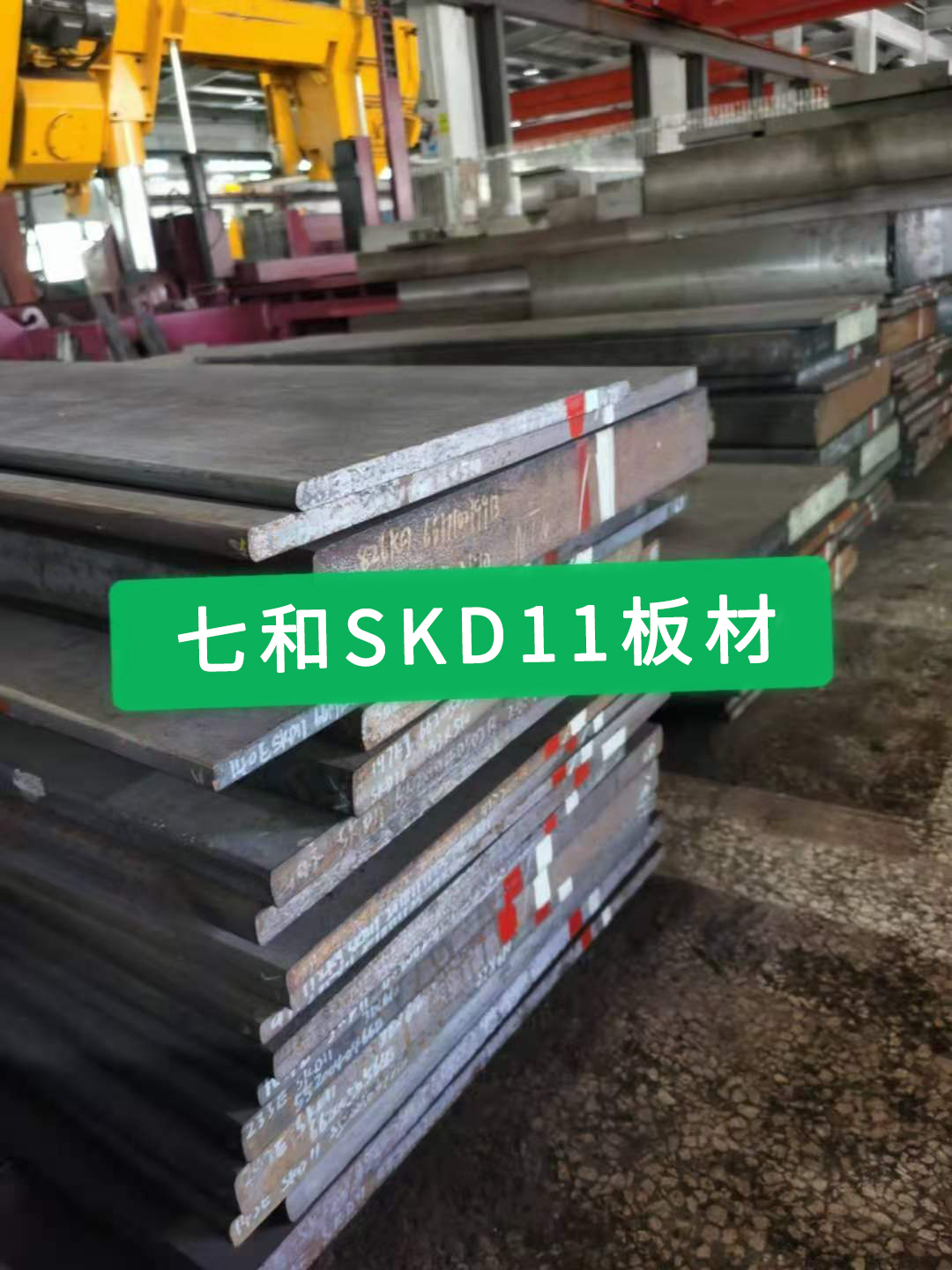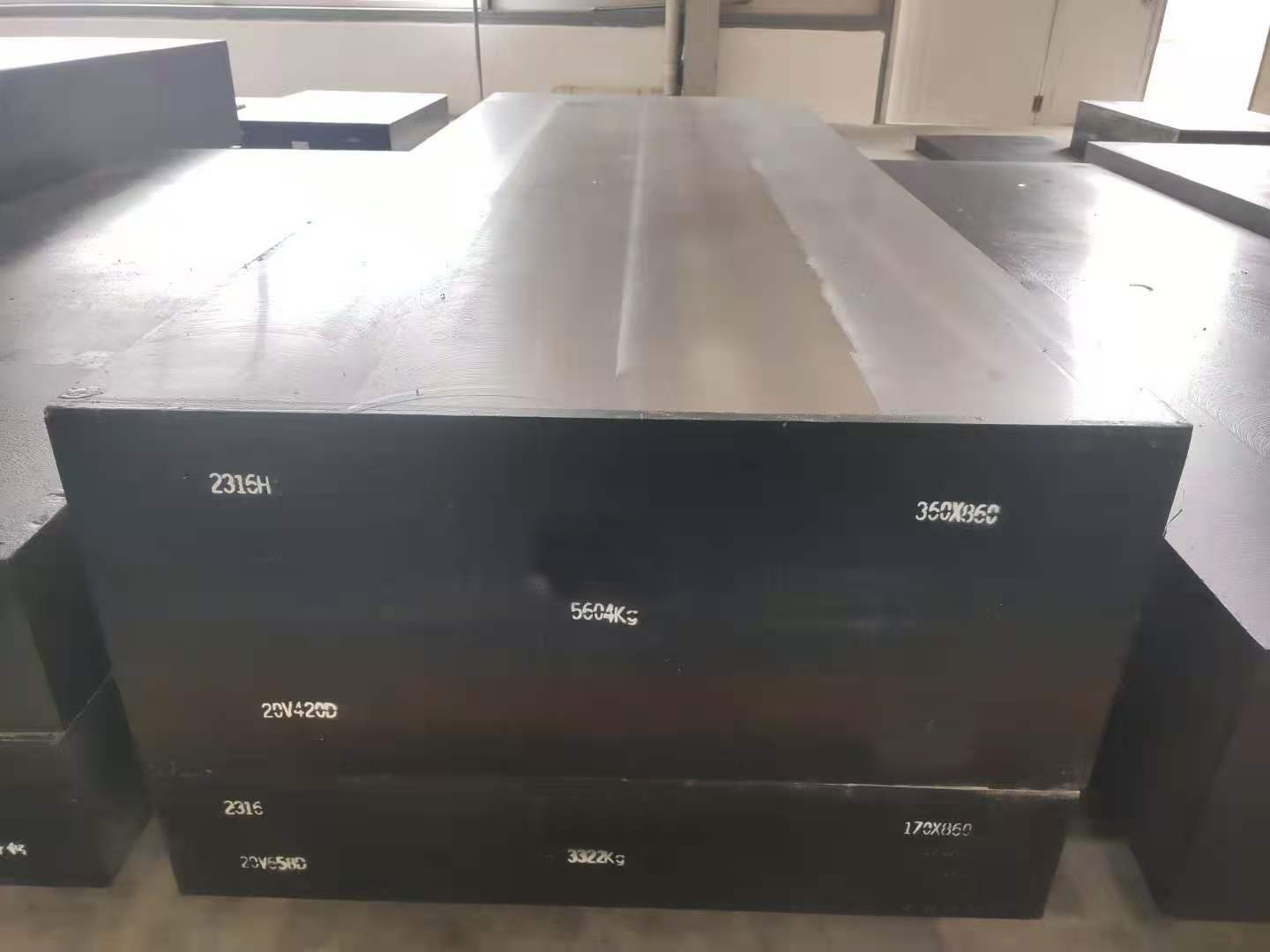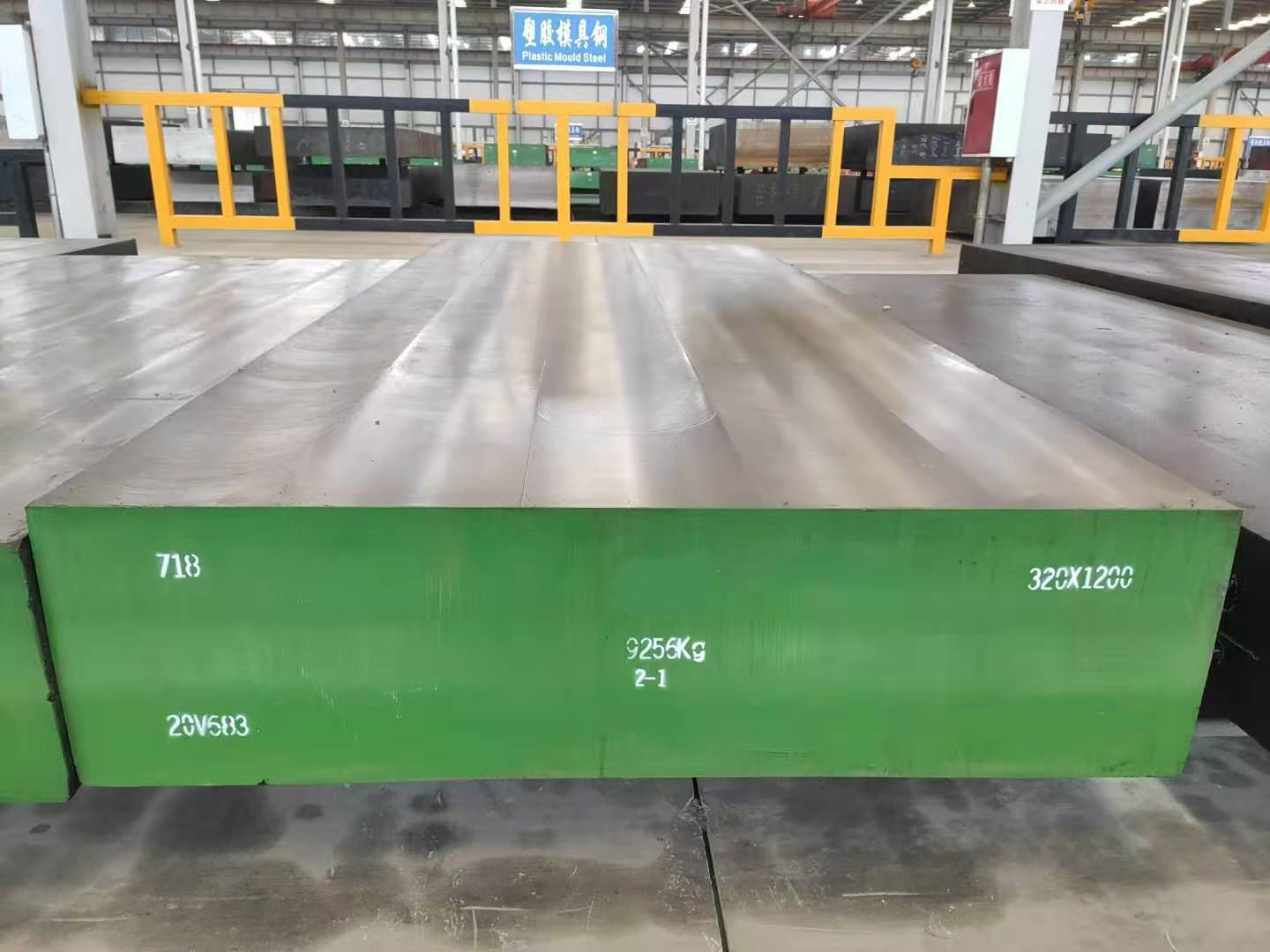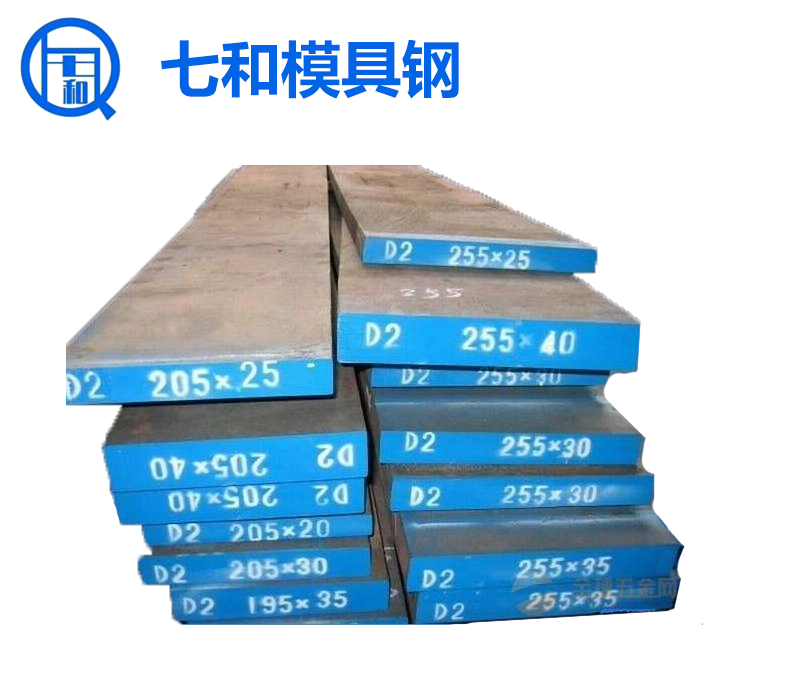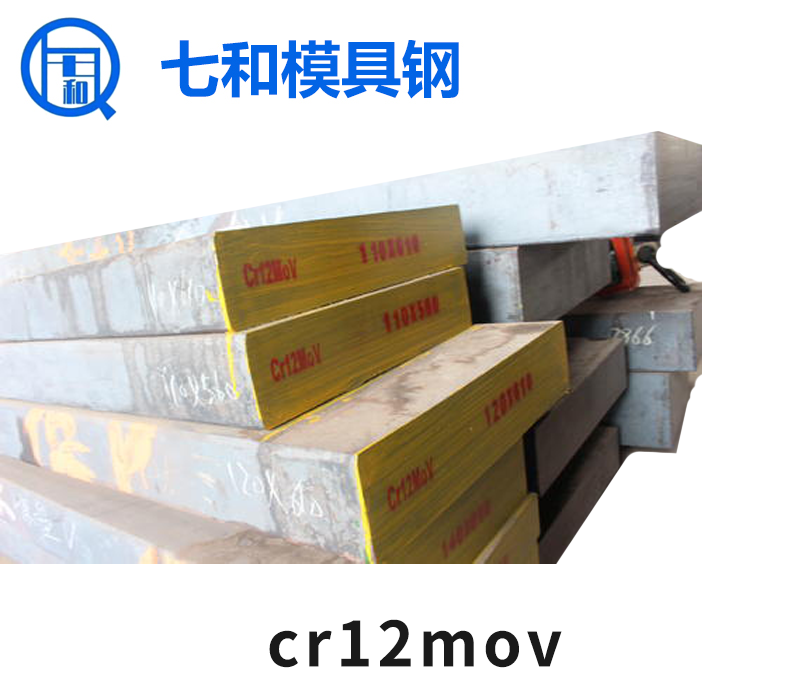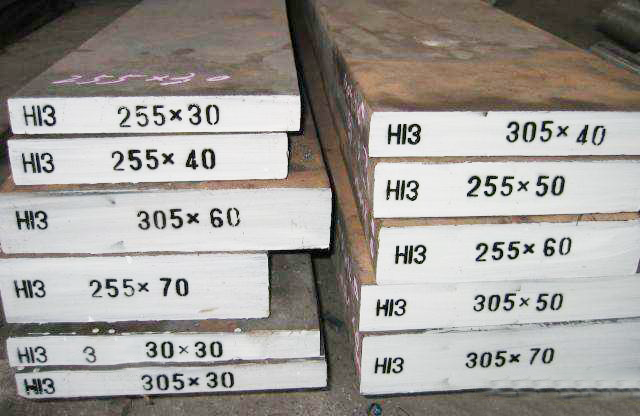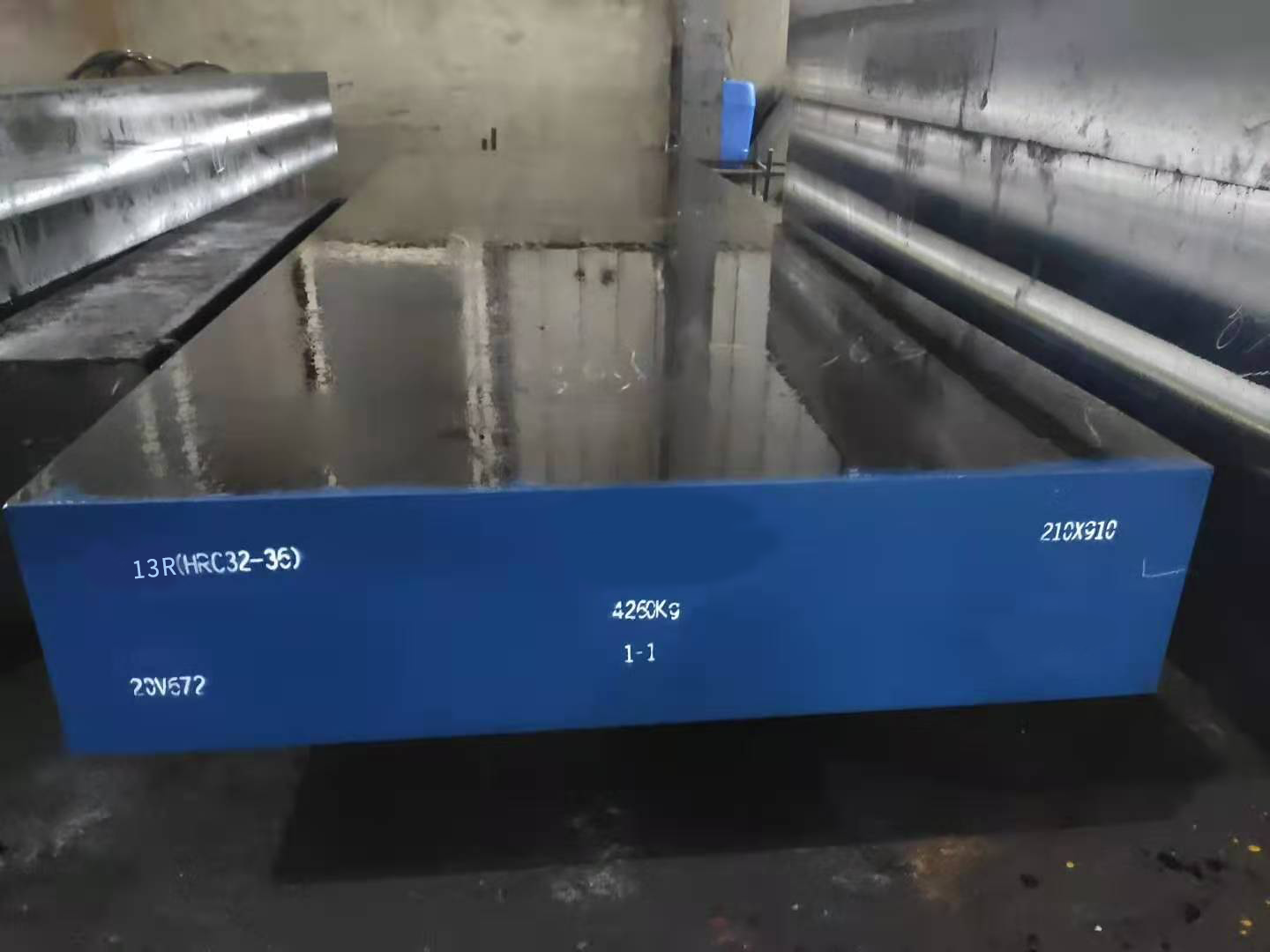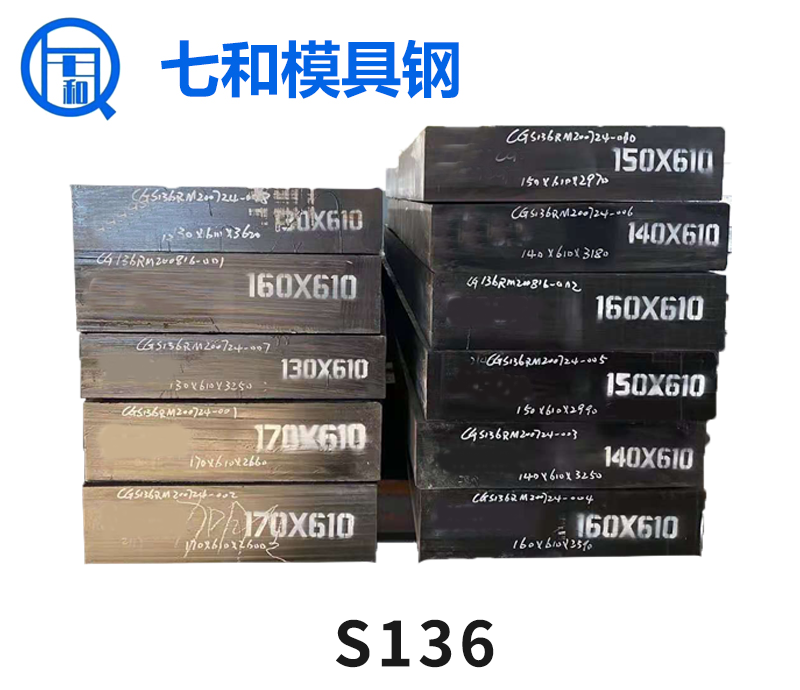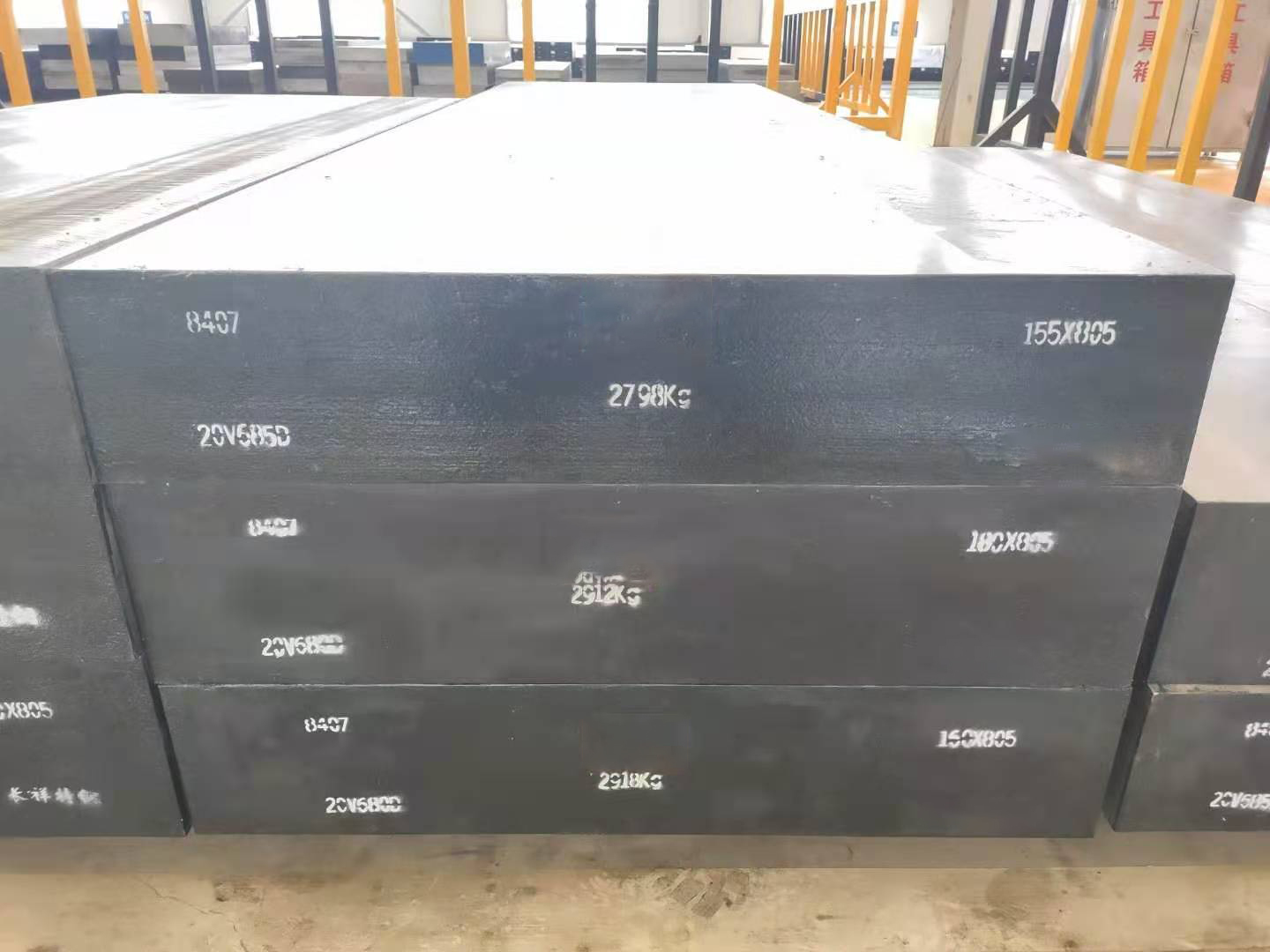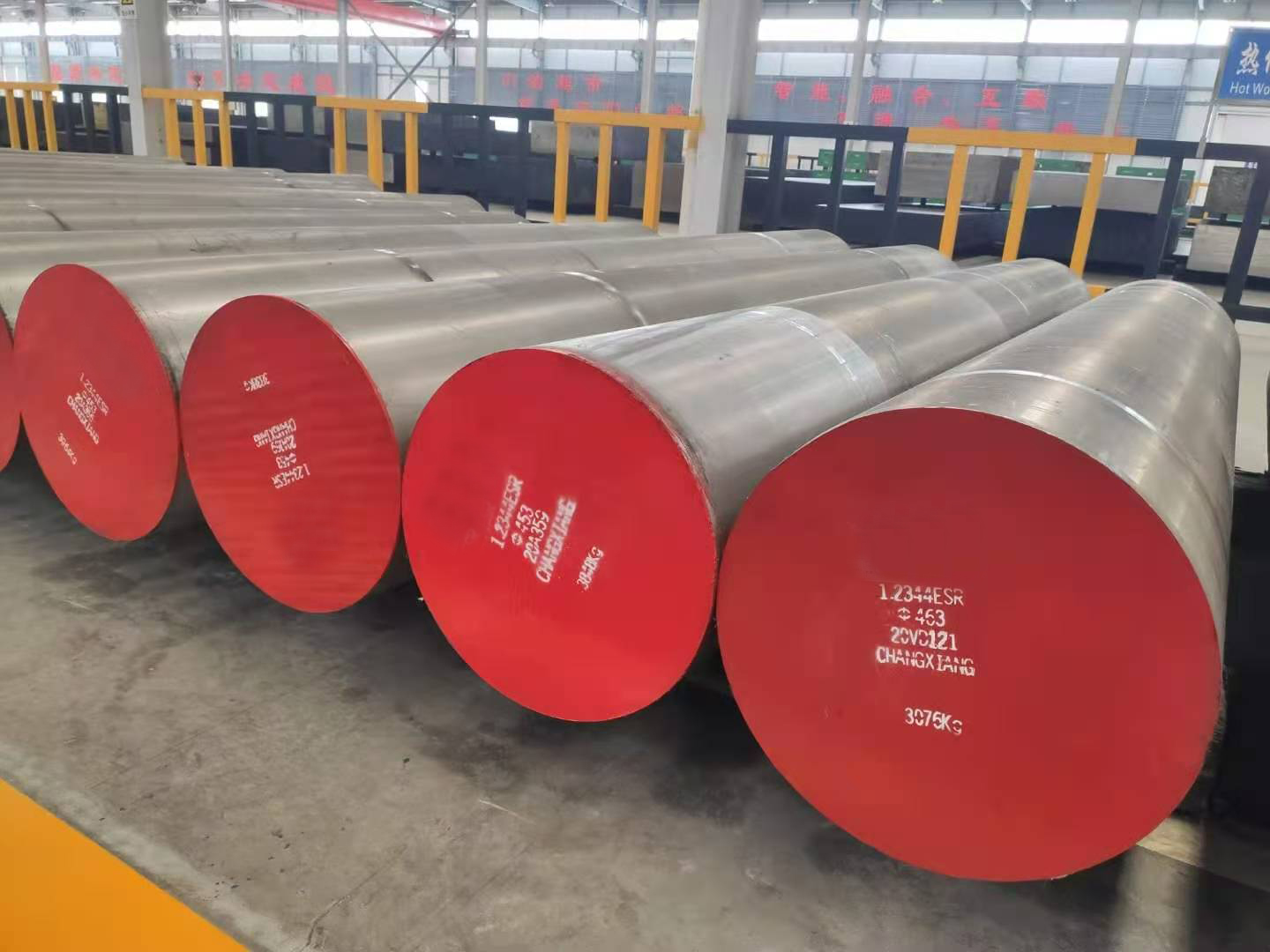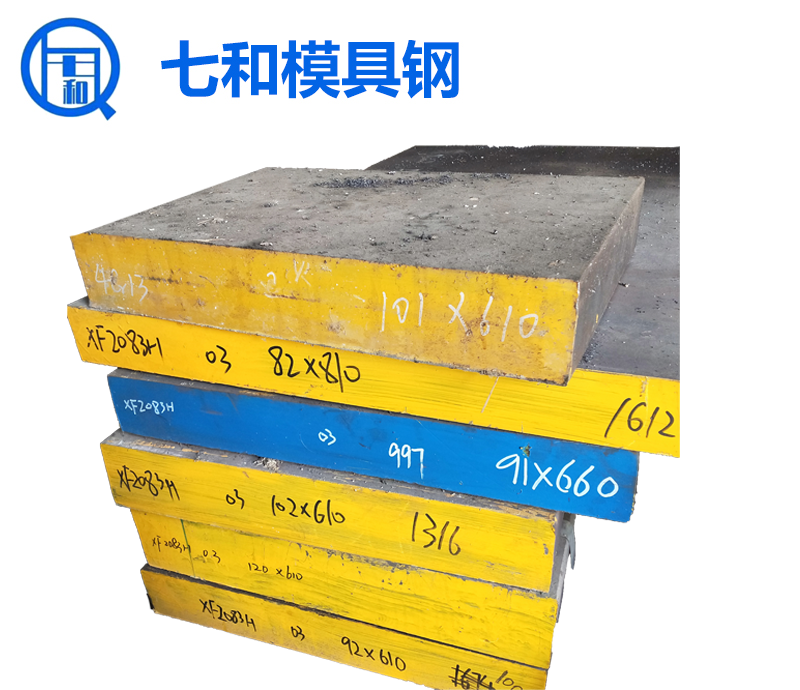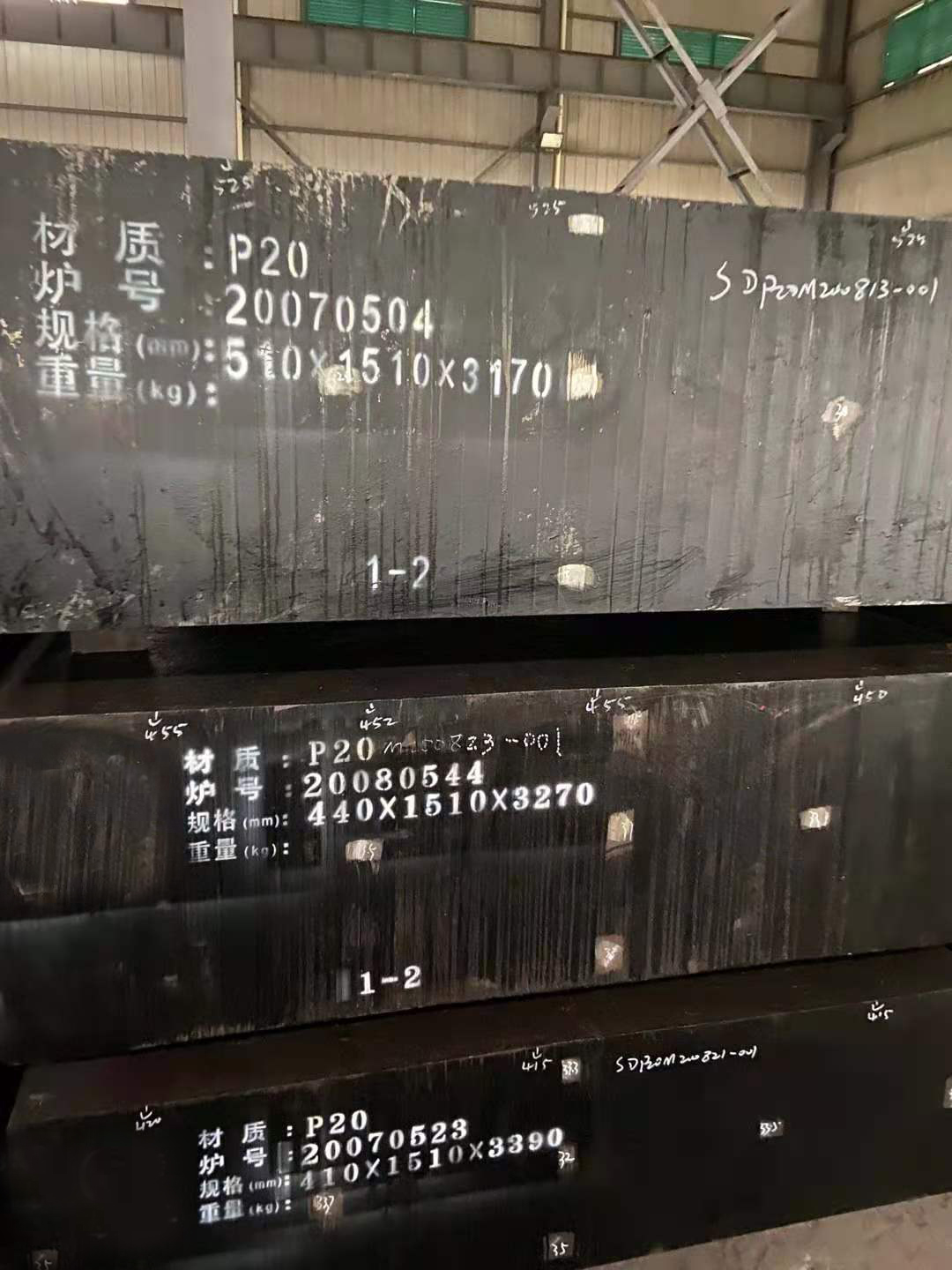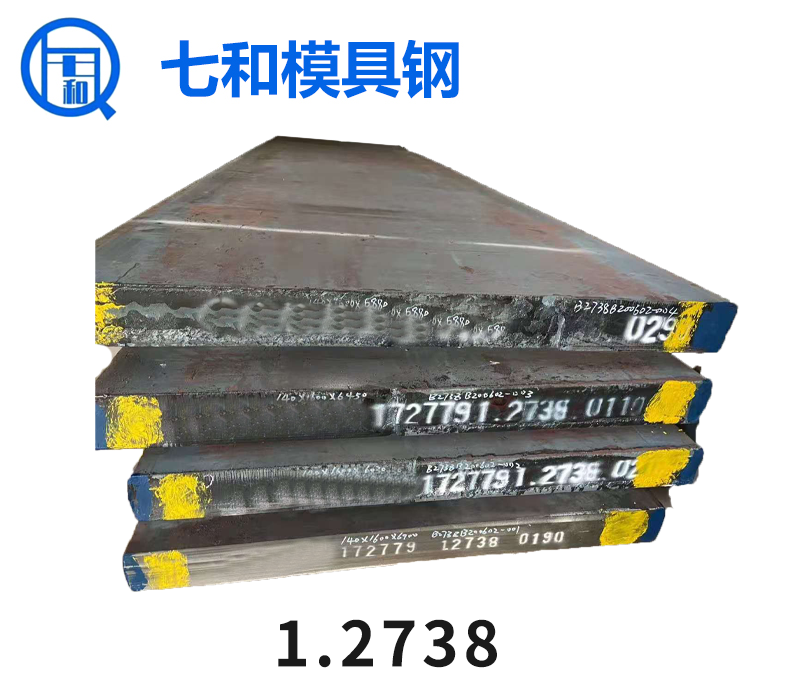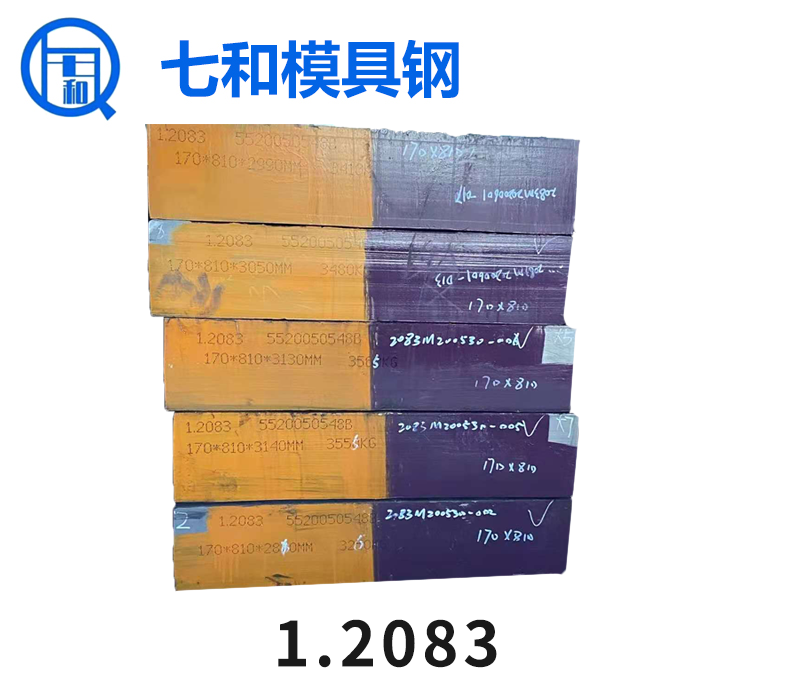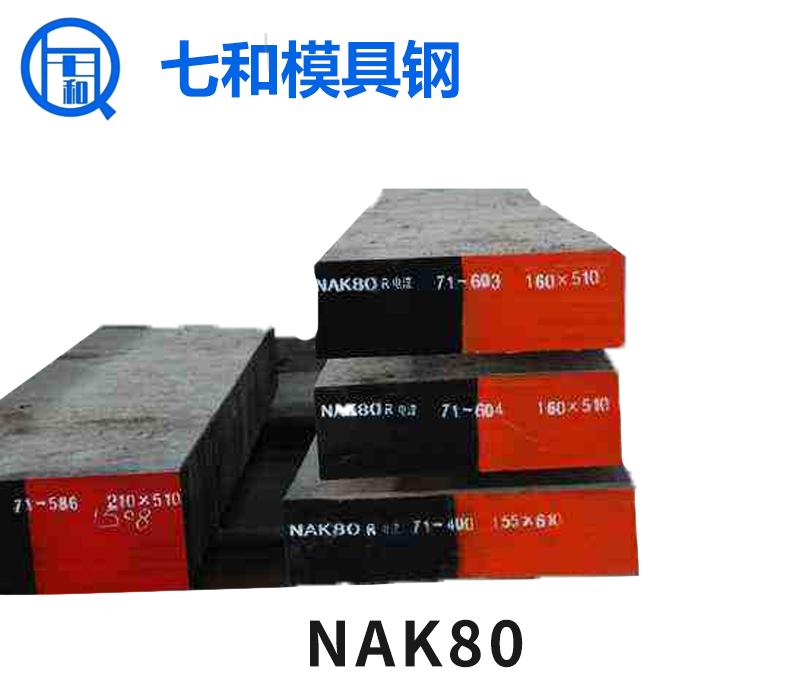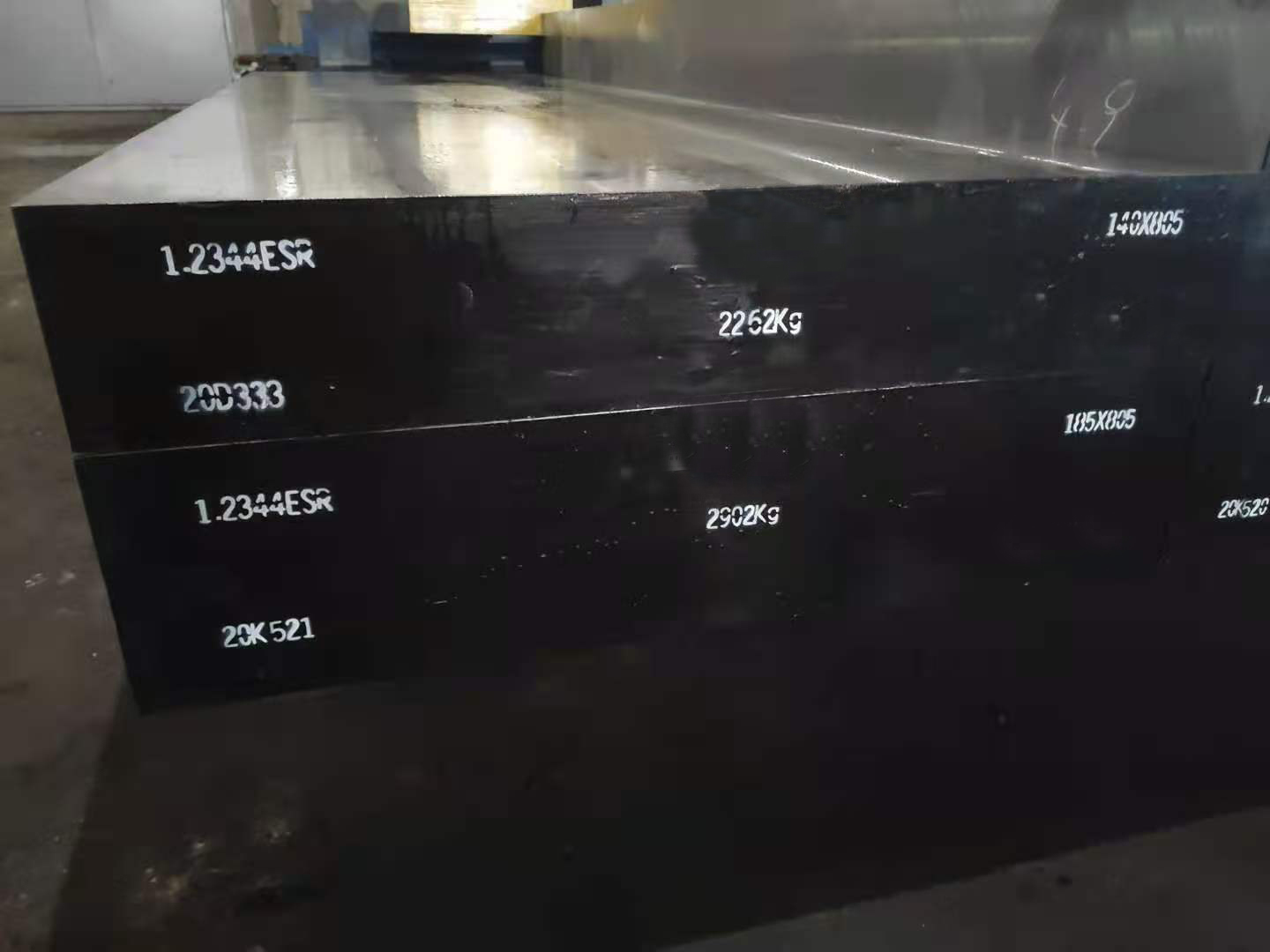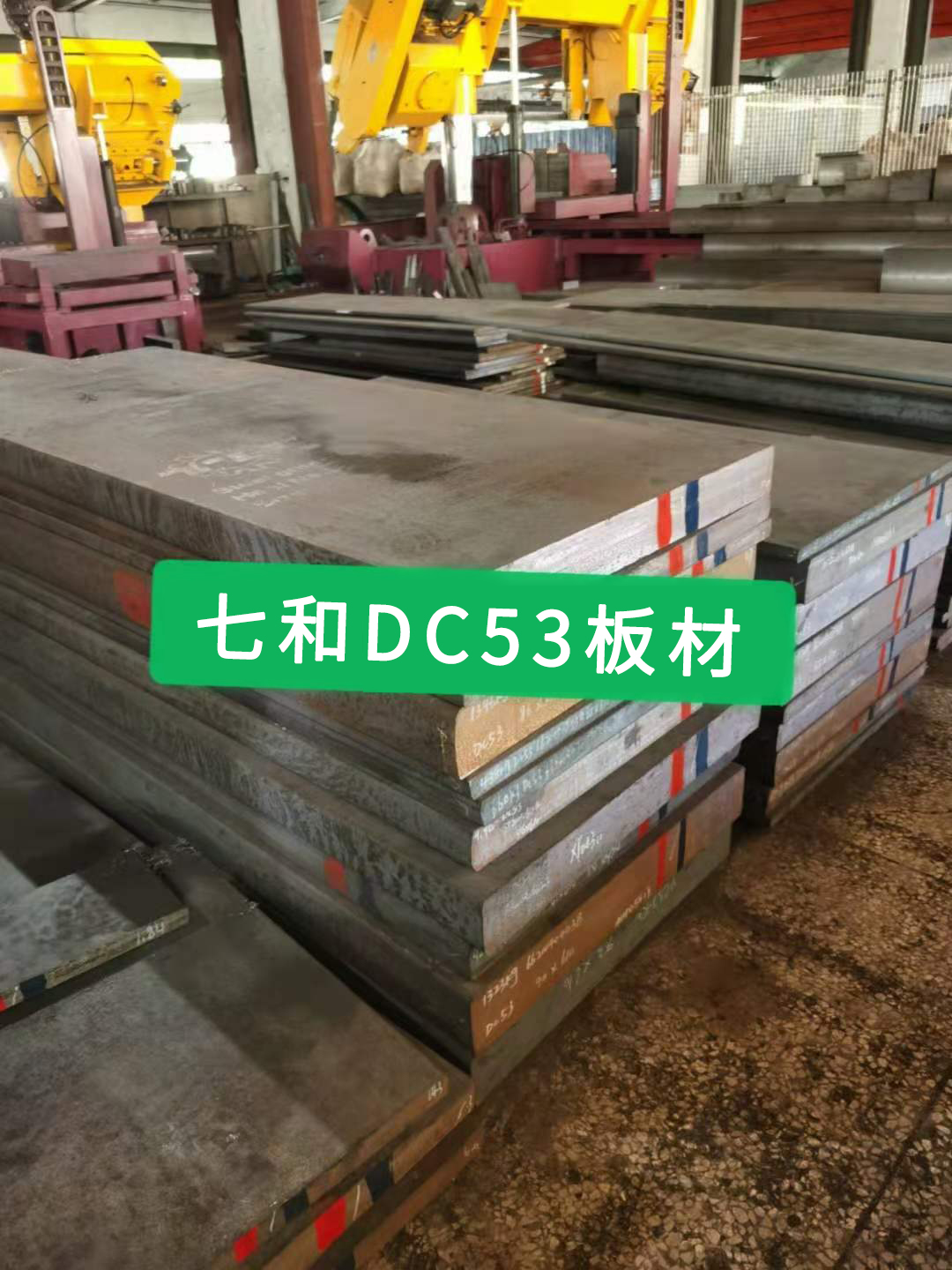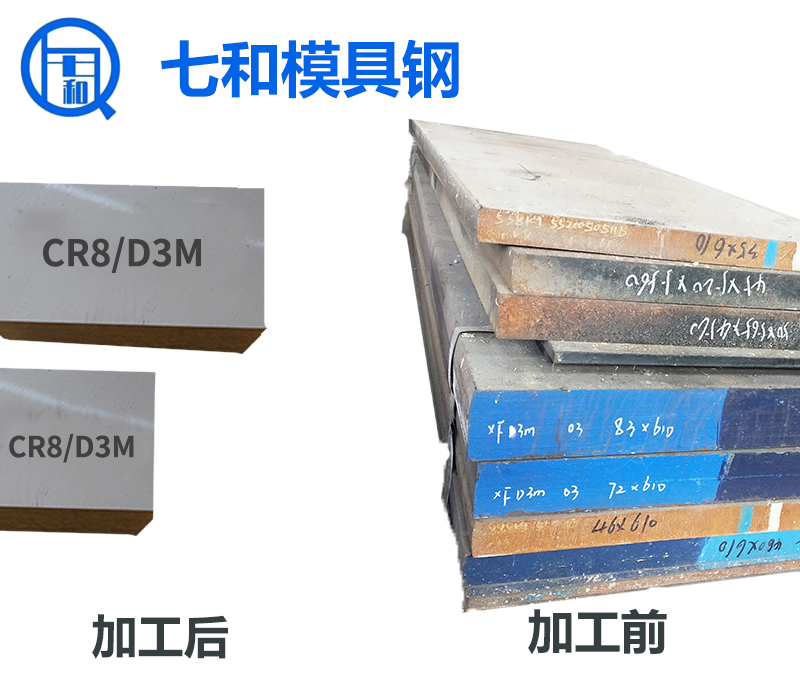模具钢工作时,其模腔表面与热态金属长时间接触,易出现打垛,粘合现象。同时模腔反复的受热和冷却,相当于受有一种交变热的应力作用,易出现龟裂、即热疲劳现象。采用一般的强化处理(如淬火+回火)需附加表面的保护措施且易产生较大的变形。氮化处理无疑是- -种良策。
When the die steel is working, the surface of the die cavity is in contact with the hot metal for a long time, which is prone to stacking and bonding. At the same time, repeated heating and cooling of the mold cavity is equivalent to an alternating thermal stress, which is easy to crack, that is, thermal fatigue. The use of general strengthening treatment (such as quenching + tempering) requires additional surface protection measures and is easy to produce large deformation. Nitriding is undoubtedly a good strategy.
氮化温度一般在500度左右,不超过心部的调质回火温度,不仅可以保持心部的强韧性,而且渗氮后缓冷或空冷,可以实现低变形下的表面硬化处理。研究表明,热作模具氮化处理后,可以提高其热硬性,耐磨性,减少模具。与零件的粘合现象,龟裂现象,提高抗热疲劳性能,延长模具的工作寿命。
The nitriding temperature is generally about 500 ℃, which does not exceed the quenching, tempering and tempering temperature of the heart. It can not only maintain the strength and toughness of the heart, but also slow cooling or air cooling after nitriding, which can realize surface hardening treatment under low deformation. The research shows that after nitriding treatment, the thermal hardness and wear resistance of hot working die can be improved and the die can be reduced. It can improve the thermal fatigue resistance and prolong the working life of the die.
目前,实用的氮化表面热处理中,除了早期进行的气体氮化外,有盐浴氮化、气体软氮化、离子氮化等,近年来,一种新的氮化工艺——真空氮化处理,正在成为有潜在发展趋势的表面热处理技术。本文仅就热作模具钢渗氮工艺及发展进行分析。
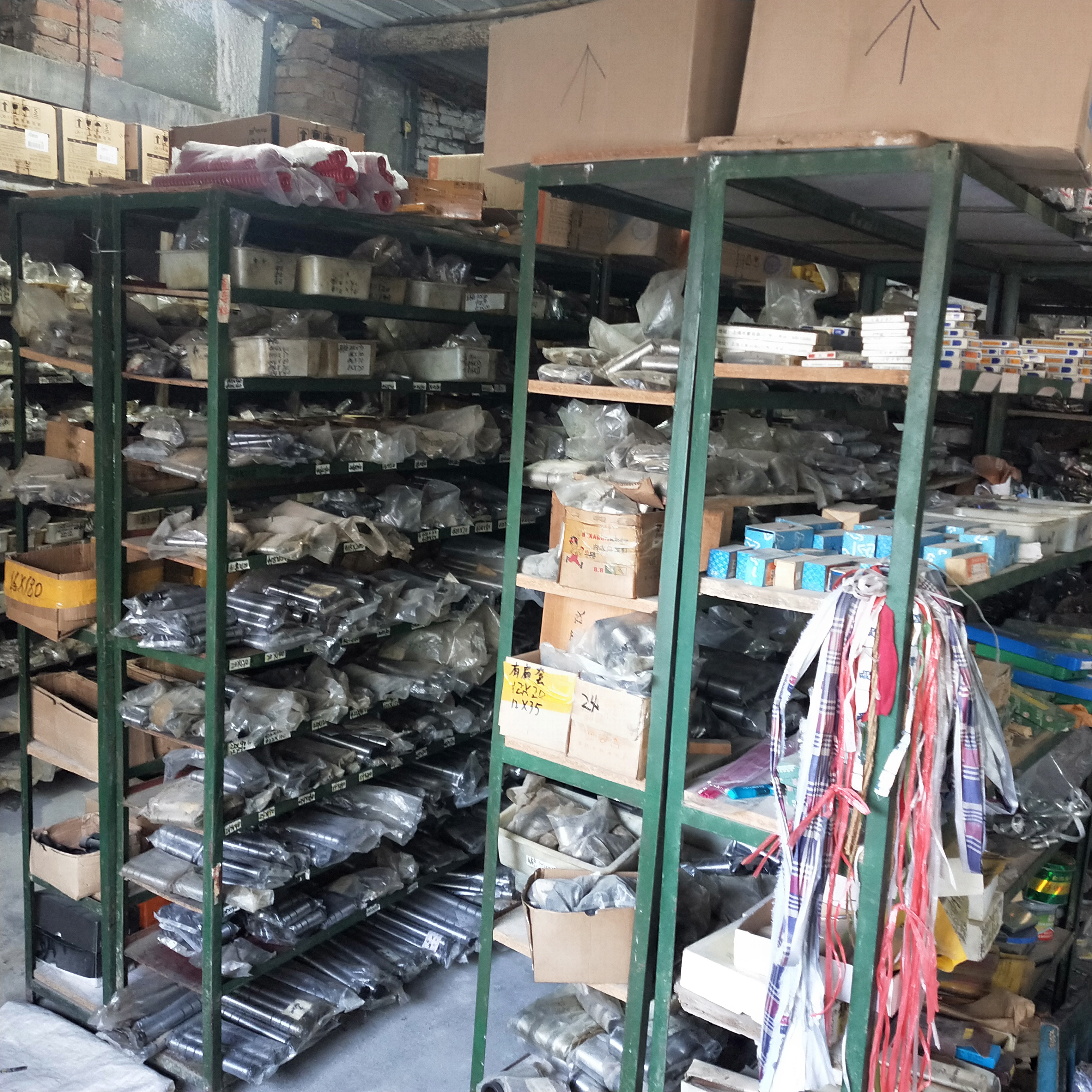

At present, among the practical nitriding surface heat treatment, in addition to the early gas nitriding, there are salt bath nitriding, gas soft nitriding, ion nitriding, etc. in recent years, a new nitriding process, vacuum nitriding, is becoming a potential surface heat treatment technology. This paper only analyzes the nitriding process and development of hot work die steel.
模具钢的氮化处理已有很多研究报道,但实际生产中仍然存在一些技术问题。通常,为了获得氮化处理后模具芯部与表层性能良好的匹配,氮化处理前应对该模具钢进行适当的热处理,一般的热处理工艺是淬火+两次回火,但也有人提出淬火+一次回火的处理工艺,对于某些大型模具甚采用淬火+三次回火的处理;而氮化处理过程本身也相当于一次回火处理,对氮化层将产生明显的影响;甚氮化前只进行淬火处理也可使模具表面渗层获得足够高的硬度。关于这种氮化前工模具的热处理状态对氮化后渗层的组织与性能的影响规律及机理,一直缺乏系统深入的研究,而这些因素将直接影响实际生产成本与生产效率。
There have been many research reports on nitriding treatment of die steel, but there are still some technical problems in actual production. Generally, in order to obtain a good match between the core and surface properties of the die after nitriding treatment, the die steel should be properly heat treated before nitriding treatment. The general heat treatment process is quenching + twice tempering, but some people have proposed the treatment process of quenching + once tempering. For some large dies, quenching + three tempering is even adopted; The nitriding process itself is equivalent to a tempering treatment, which will have a significant impact on the nitriding layer; Even if only quenching treatment is carried out before nitriding, the infiltrated layer on the die surface can obtain high enough hardness. There has been a lack of systematic and in-depth research on the influence law and mechanism of the heat treatment state of tools and dies before Nitriding on the microstructure and properties of nitriding layer after nitriding, and these factors will directly affect the actual production cost and production efficiency.
气体氮化又称为硬氮化,早期在金属压铸模上用气体氮化来代替淬火。其工艺路线一般为:毛坯成型一调质处理一机械加工一除应力处理一氮化一磨削。气体氮化裂纹敏感性大,需将此层磨去后使用。
Gas nitriding, also known as hard nitriding, was used to replace quenching in metal die casting die in the early stage. The process route is generally: blank forming, quenching and tempering treatment, machining, stress removal treatment, nitriding and grinding. Gas nitriding has high crack sensitivity, so it is necessary to grind off this layer before use.
此外,由于铁的氮化物(Fe2N、FeN、FeN)稳定性差,易于集聚粗化,硬度较低,常选用含强氮化物形成元素的低碳及中碳合金钢,形成氮化物的元素均可提高氮化层硬度,但却降低了氮原子在钢中的扩散速度,氮化速率仅为0.01到0.015mm/h,以热作模具钢的典型钢种3Cr2W8V为例,采用两段氮化其氮化时间达50小时以上。由于上述问题的存在,从七十年代以后,随着氮化技术的不断发展,气体氮化在模具上的应用逐渐减少。
In addition, due to the poor stability of iron nitrides (fe2n, Fen and Fen), easy agglomeration and coarsening and low hardness, low-carbon and medium carbon alloy steels containing strong nitride forming elements are often selected. The nitride forming elements can improve the hardness of nitriding layer, but reduce the diffusion rate of nitrogen atoms in steel, and the nitriding rate is only 0.01 to 0.015mm/h, Taking the typical steel 3Cr2W8V of hot working die steel as an example, two-stage nitriding is adopted, and the nitriding time is more than 50 hours. Due to the existence of the above problems, since the 1970s, with the continuous development of nitriding technology, the application of gas nitriding in molds has gradually decreased.
上一条:
热作模具钢使用寿命
下一条:
钨钢模具的主要的材料是什么?
